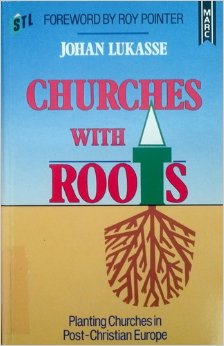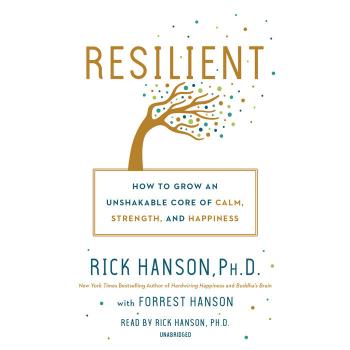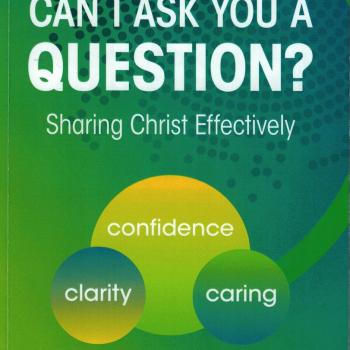
Churches with Roots by Johan Lukasse
This reviewer has found this book, Churches with Roots: Planting Churches in Post-Christian Europe, very helpful. Many of the insights gained from this book matched the reviewer’s experience as a pastor of an English-speaking church in Germany. At many points, this reviewer found himself nodding in agreement. Yet, there were many new insights that were informative and helpful.
The book begins with an assessment of the spiritual state of Europe. The author stated that secularism was a modern form of paganism (18). As a result, Europe was returning, (or perhaps in many ways has never left) their roots from which it sprang. The book recounts a staggering decline in the number of Christians in Europe. While this book is dated (written in 1990), the trend has held true despite the fall of Communism. Europe has lost not just a large number of Christians. The church in Europe has lost its influence (20). This statement is prophetic not just for the church in Europe, but this reviewer found this statement true also for North America.
The steps for starting a church were informative and helpful. The fact is that a church can only begin with receptive people. While the temptation to dilute the gospel to reach more people is strong, it must be avoided (41). This reviewer agreed with the need for cell groups. While these groups may come in a different form, they were very popular in Europe during our time there. This reviewer believes the same can happen in North America. The author is right that the goal of conversion is to make disciples, and that it should not be seen as two steps (46). Conversion of people is only the first part of discipleship. The author shared a story about how he delegated the task of answering questions for those who still had questions to other members of the group (48). This reveals that the nature of discipleship is more about mentoring than knowledge. This step also freed the church planter from becoming the expert. While the author did not expressly state this, the implication was clear. This is an important insight for every church planter.
The chart that describes innovators, early adopters, late adopters, and procrastinators was very helpful. This reviewer had always wondered whether the congregation could be charted using a bell-curve. The author has shared a wonderful leadership insight on the importance of influence in a congregation (128-130).
The insight is the fact that a church which does not listen to God and His activity into the world will decline. Jesus is more involved in the church than we think. The fact that Jesus told Saul that he was not persecuting the church, but Himself is very helpful to any church planter (152). Our work is not our work, but God’s work. The church is dependent upon Jesus Christ. Sometimes as clergy, we lose sight of that fact.
The book addresses many biblical ideas related to the church. The hermeneutical foundation is as one would expect evangelistic in nature. Evangelism is the foundation of healthy church growth in this view. The book spends an entire chapter on starting a church (34-54), and then addresses dead churches (55-66). The book spends considerable time defining the forms of evangelism: presence, proclamation, persuasion, and confrontation (71-80). The book provides a way to present Christ to non-Christians. The “five evenings” is an approach in which someone is introduced to the entire central themes of the Bible in a non-threatening manner. In this way, someone who is searching for answers can take time to have their questions answered as they discover how the Bible shows them the way to God (80-84). This approach is followed up by using the bridge illustration which is shared step-by-step by the author in the appendix (213-224).
I had no disagreement with the facts or approaches in this book. In fact, I found many insights which would be transferable to a church plant setting in North America. The “five evenings” approach I would use in a new church plant setting.
This book complemented many of the church planting books which have been printed in the past twenty years. Many books state the condition of a post-Christian world in prophetic terms and have shared techniques which should be used with the present generation. Unlike these books, Churches with Roots share principles which have worked with a post-modern, and a post-Christian context. In this sense, the book should be on the shelf of every church planter.












